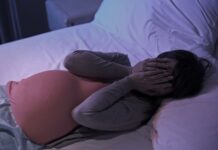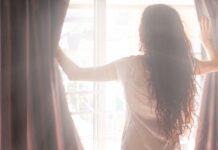In the best of all possible worlds, every light box on the market should have undergone clinical trials to show its efficacy, and should provide customers with accurate technical information about the lamp’s characteristics (illuminance, spectrum, UV filter, etc). In the early days of light therapy, several companies did in fact develop first-generation light boxes together with the researchers, thus optimizing output and standardizing quality. With the success of the field, however, there was an explosion of new manufacturers, and it became sufficient for sales that light boxes merely fulfilled electrical standards. There was little collaboration with scientists to test new light box designs, and most often claims for efficacy and ocular safety were not based on any trials at all. Light boxes have become more of a life-style device than a medical one. There is now an unprecedented collection of inexpensive miniaturized light boxes, untested for clinical efficacy and efficiency (see our detailed critique). This is indeed a difficult situation for practitioners and patients alike.
CET’s Board of Directors and Advisors have developed a list of light box criteria. We need to observe certain standards to guide patients, doctors, and insurance companies. The CET Shop offers a specific device designed to the standards of clinical trials. A commission on sales helps to support our website.
Criteria for a light therapy device
The major factors to be considered are clinical efficacy, ocular and dermatologic safety, and visual comfort. Here is a checklist with recommended criteria for light box selection:
- INTENSITY: 10,000 lux illuminance at a comfortable sitting distance, as measured with a broad-field illuminometer. Narrow-field measurements, as have been used with smaller light boxes, may register 10,000 lux but do not replicate the observer’s wider field of vision, which includes darker areas in the periphery.
- SCREEN SIZE: Should exceed 200 sq in., the larger the better. Smaller sizes increase the likelihood that small head movements reduce the specified 10,000 lux dose. Even large light boxes mounted on the wall or on overhead stands are too distant from the observer to deliver 10,000 lux to the eyes.
- UV FILTER: Fluorescent lamps should be fitted with a diffusing screen that filters ultraviolet (UV) rays that can be harmful to the eyes and skin with long-term use of the device. Claims of UV protection are common, but questionable if a polycarbonate filter is not specified.
- SPECTRUM: White light is the standard. “Full spectrum” lamps and blue (or bluish) lamps with color temperature above 5000 Kelvin are not superior in efficacy and cause increased visual glare.
- ANGLE OF GAZE: To avoid aversive visual glare, the light box should project downward towards the eyes at an angle. To do so, it needs to be raised off the table surface with adjustable legs or side supports. Light boxes of any size that are tilted upward toward the eyes increase aversive glare.






